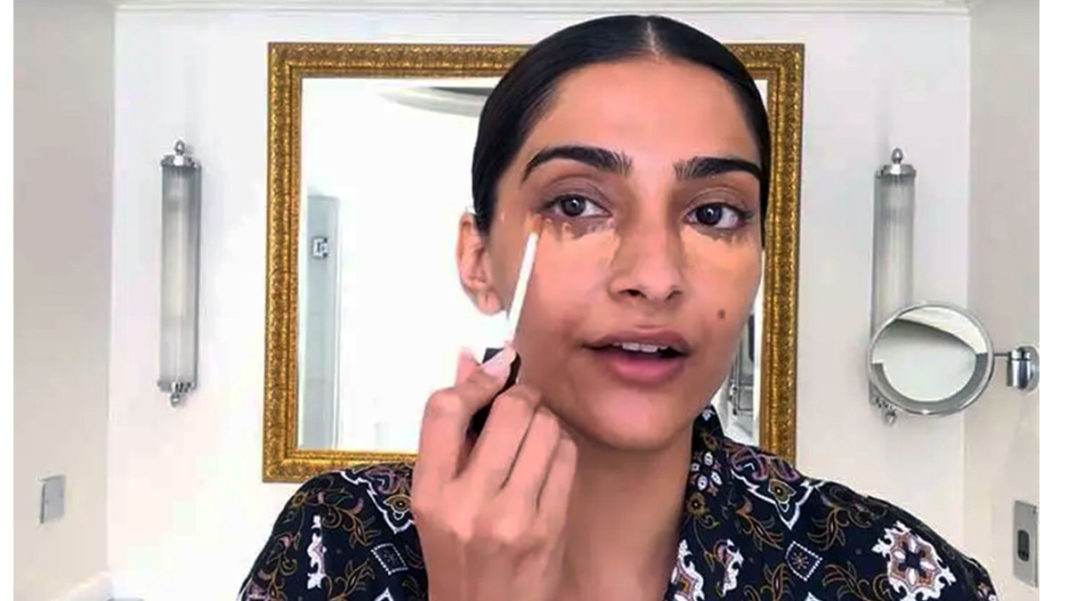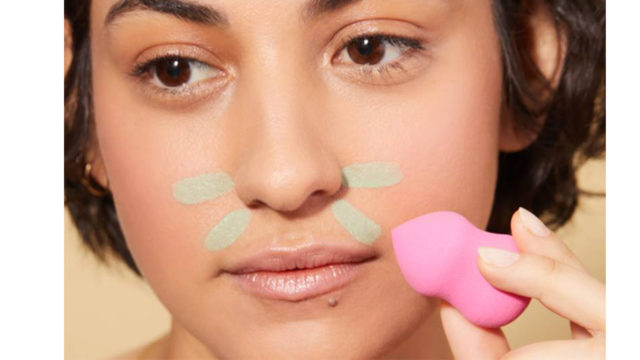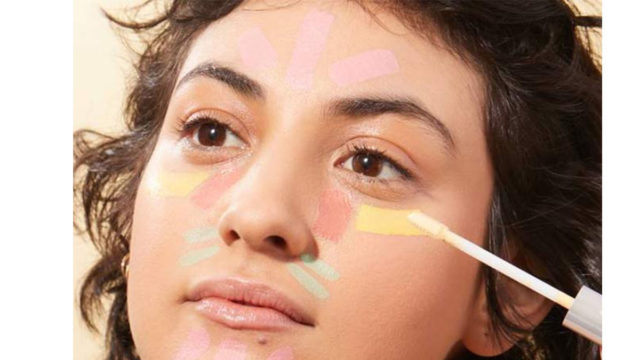Maybe it’s early in the morning after a long night out, and you’re staring at yourself in the mirror, wondering how you’re going to cover up the dark circles betraying your lack of sleep. Or perhaps, last night you unwisely picked at a pimple, and now you’re left with an angry (and very red) spot on your chin that you need to camouflage. While concealers can help tame the situation, they might not be able to completely disguise the more obvious skin issues and discolorations, and that’s when colour correctors come in.
The Channel 46 has collaborated with the Founder & CEO of Typsy Beauty, Kairavi Bharat Ram, who initiates you to the basics of colour correcting to achieve that much-coveted smooth skin tone.
What Is Colour Correcting?
Before we get into the nitty-gritties, let’s cover the basics of colour correction. This involves using tinted makeup to balance out skin discolorations, such as dark circles, redness, scar marks and pigmentation by neutralising unwanted tones.
From pink and green to yellow and orange, each colour correcting concealer works in a slightly different way to provide your skin with the coverage it needs and enhance your features.
Read: 7 Tips For Smudge-Free Makeup That Looks Great All Day
Colour Corrector Guide For 4 Common Skin Problems
The basics of colour theory actually form the logic behind using colour correctors in the right manner. With colour correctors, you want to seek out a shade that contrasts the tone of the discoloration you’re trying to neutralise.
1. Redness
Redness, from acne, breakouts or irritation should be neutralised with a green hue to cancel out the redness of the skin.
2. Dullness
Dull, sallow skin can be brightened and balanced with a cooler purple or blue corrector to achieve an even-looking skin.
3. Dark Circles
With under eye pigmentation and dark circles, the shade of colour corrector depends on your skin tone. Those with lighter tones can use a peach colour corrector, while a yellow shade will work best for those with medium-tan skin and purplish under-eyes. For deeper skin tones, a warm orange or red will provide natural-looking results.
Read: 9 DIY Makeup Removing Hacks You’ll Be Glad You Tried
4. Dark Spots
Similar to the under-eye area, the ideal colour corrector for neutralising dark spots will depend on your skin tone. For those with lighter skin, a pink or peach-toned colour corrector is recommended. If you have darker skin, a deeper orange will work better.
4 Tips To Follow While Using A Colour Corrector
- When it comes to application, the last thing you need is the corrective hues showing through the foundation, so it’s important to pick the right shade.
- Use colour correctors over primer and follow it up with a concealer if required, and then overlay the foundation. Make sure to set the colour corrector in place, or else it can leave the skin looking strange and muddy.
- The skin around the eyes is thinner and applying too much makeup can result in an ageing effect, so keep the layers fine. In fact, ‘less-is-more’ should be your overall colour correction mantra – too much corrector can have the opposite effect and can serve to draw attention to the very area you’re attempting to conceal.
- Use a light touch and blend well.
There you have it – your step-by-step guide to hiding blemishes, dark circles and imperfections, so you’ll never have to worry about complexion concerns ever again!
Open up like never before and participate in conversations about beauty, entrepreneurship, mental health, menstrual & sexual health, and more. Desi women, join our community NOW!



